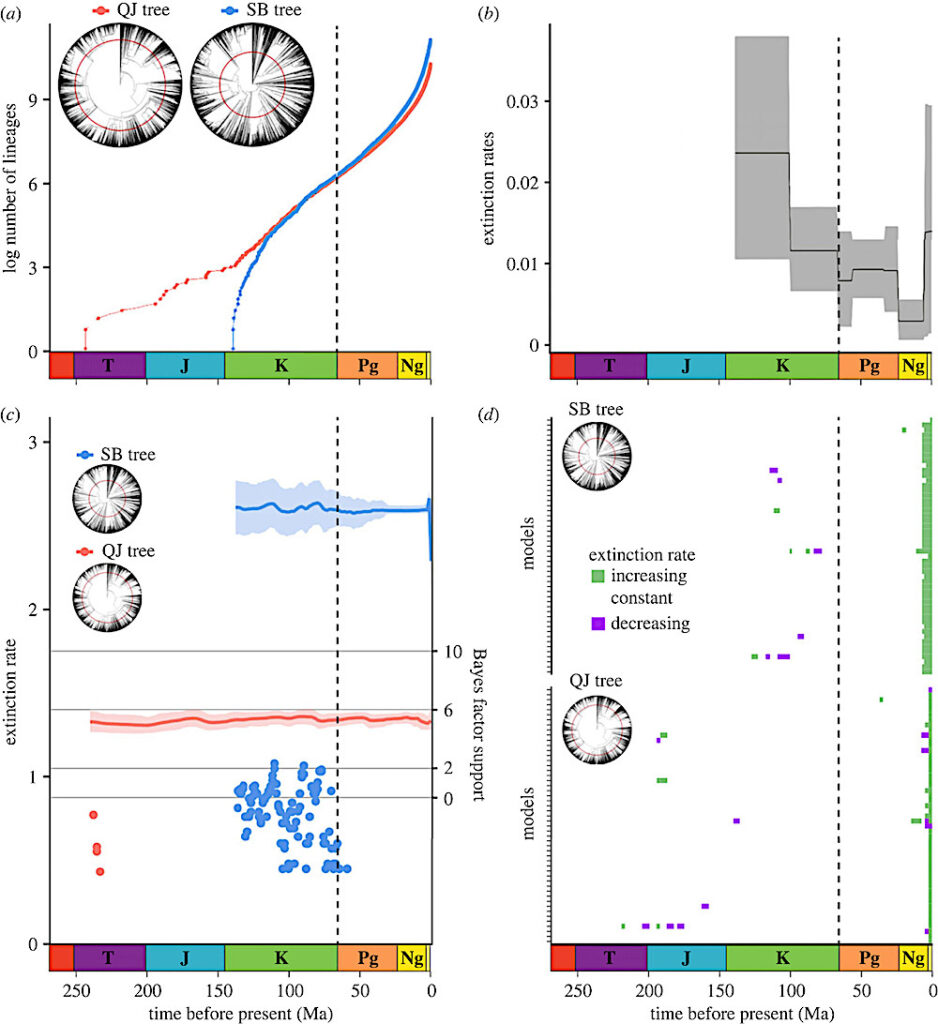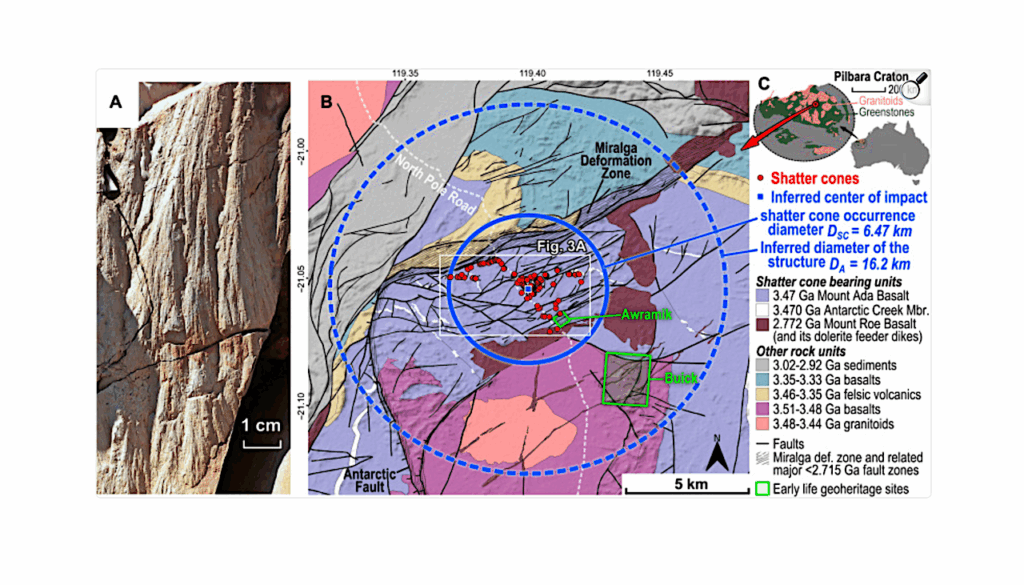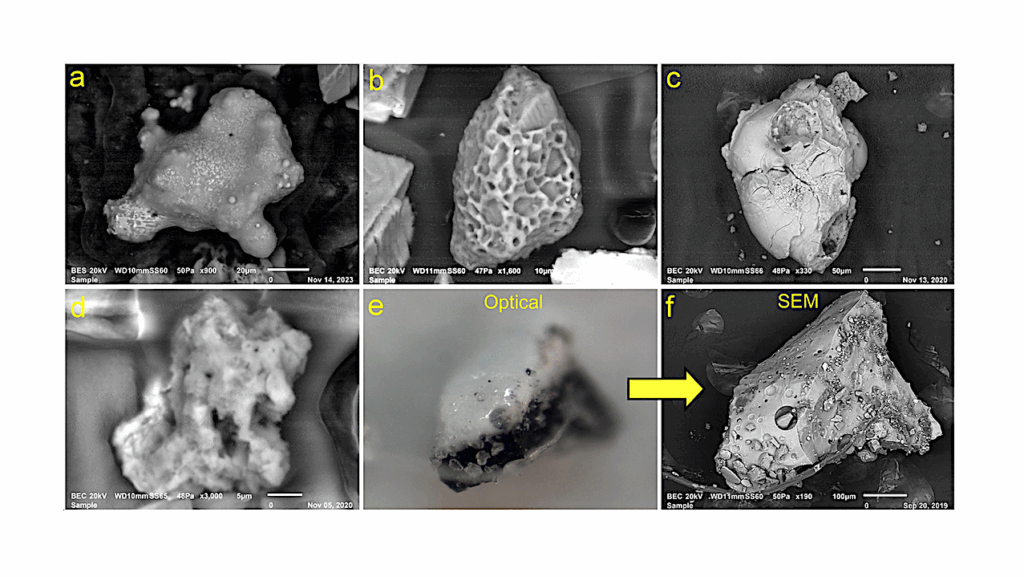Flowering Plants Survived The Mass Extinction That Killed The Dinosaurs

A new study by researchers from the University of Bath (UK) and Universidad Nacional Autónoma de México (Mexico) shows that flowering plants escaped relatively unscathed from the mass extinction that killed the dinosaurs 66 million years ago. Whilst they suffered some species loss, the devastating event helped flowering plants become the dominant type of plant today.
There have been several mass extinctions in the Earth’s history, the most famous caused by an asteroid hit 66 million years ago, which has steered the course of life on Earth profoundly.
The Cretaceous-Paleogene (K-Pg) extinction event eradicated at least 75% of all species on Earth including the dinosaurs, but until now it’s been unclear what impact it had on flowering plants.
Plants do not have skeletons or exoskeletons like most animals, meaning fossils are relatively rare compared to animals, making it very difficult to understand the timeline of evolution from fossil evidence alone.
Dr Jamie Thompson of the Milner Centre for Evolution and Dr Santiago Ramírez-Barahona of Universidad Nacional Autónoma de México analysed evolutionary trees constructed from mutations in the DNA sequences of up to 73,000 living species of flowering plants (angiosperms).
Using complex statistical methods, they fitted “birth-death” models to estimate the rates of extinction throughout geological time.
Whilst the fossil record shows that many species did disappear, the lineages to which they belong, such as families and orders, survived enough to flourish and then dominate – out of around 400,000 plant species living today, approximately 300,000 of these are flowering plants.
Molecular clock evidence suggests that the vast majority of angiosperm families around today existed before the K-Pg event: species including the ancestors of orchids, magnolia and mint all shared Earth with the dinosaurs.
Dr Jamie Thompson said: “After most of Earth’s species became extinct at K-Pg, angiosperms took the advantage, similar to the way in which mammals took over after the dinosaurs, and now pretty much all life on Earth depends on flowering plants ecologically.”
So what made them tough enough to survive despite being immobile and relying on the sun for energy?

Figure 1. Macroevolutionary dynamics of angiosperms not negatively impacted at the K-Pg mass extinction event. Lineage through time plots (a) and phylogenies comprising approximately 32 000 and approximately 73 000 species (denoted as QJ and SB, respectively) indicate no apparent change across K-Pg. Generic-level extinction rates of angiosperms estimated with PyRate (b), adapted from [18], suggesting no significant difference in extinction rate following K-Pg. Phylogenetic extinction rates estimated by CoMET showing the detected mass extinctions with low support (Bayes factor lower than 6) (c), demonstrating that phylogenies do not support a mass extinction at the K-Pg. Trends in alternative models within congruence classes of both trees (d), showing that a pattern of resilience to K-Pg is supported despite non-identifiability of diversification rates. The geological timescale is visualized in each panel, and K-Pg is represented by vertical dashed lines in the plots and concentric lines in the phylogenies.
Dr Ramírez-Barahona said: “Flowering plants have a remarkable ability to adapt: they use a variety of seed-dispersal and pollination mechanisms, some have duplicated their entire genomes and others have evolved new ways to photosynthesise.
“This ‘flower power’ is what makes them nature’s true survivors.”
The study is published in Biology Letters and the project was supported by benefactors Roger and Sue Whorrod.
No phylogenetic evidence for angiosperm mass extinction at the Cretaceous–Palaeogene (K-Pg) boundary, Biology Letters (open access)
Astrobiology,








